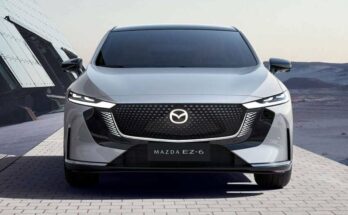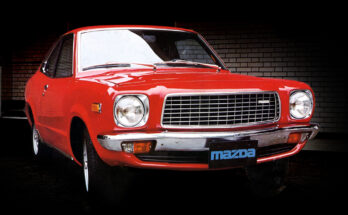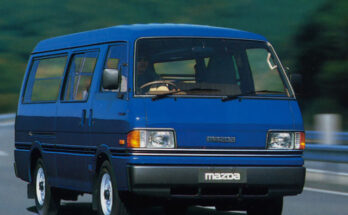Mazda would alter the path of automotive history on this day in 1989. It raised the lid on a daring little roadster that the world would eventually come to know as the MX-5, or Miata, at the Chicago Auto Show.
Whether you call it that or something more aggressive, it doesn’t matter because the Mazda MX-5 is currently the most-raced automobile in history and one of the best-selling sports cars ever. Though the future appears bleak for vehicles like the MX-5, it is a legacy worth considering both in the past and in the present.
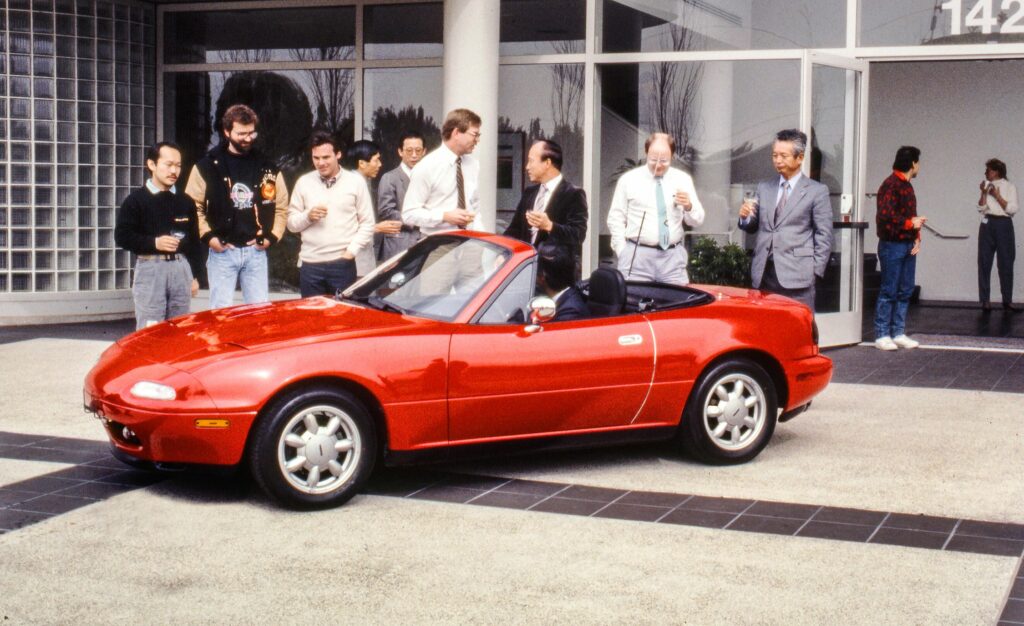
Designed in the style of a traditional rear-wheel-drive sports car, the Japanese roadster brought back to life a nearly extinct vehicle segment with its innovative front-mid-engine arrangement for optimal longitudinal weight distribution. The Mazda MX-5’s tiny and lightweight design revolutionized open-top driving.
Related: Mazda MX-5: A Timeless Roadster Icon
Mazda engineers accomplished this by following the traditional Japanese idea of Jinba-Ittai, which regards the horse and rider as a single unit. When applied to the MX-5, the roadster and the driver create a strong link that offers lightness, agility, and balance. Over the years, the MX-5 has garnered a plethora of accolades and honors that attest to its exceptional quality.
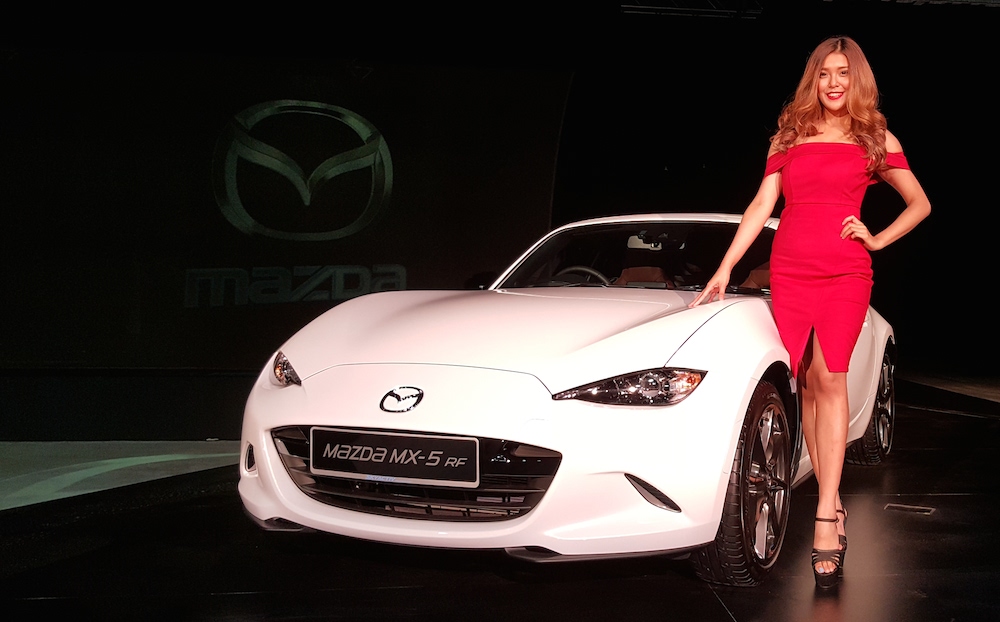
Mazda MX-5 has seen continuous development across four generations (“NA”, “NB”, “NC”, and now, “ND”). The current iteration of the MX-5 continues to provide joy for enthusiasts of open-air driving since 2016 with the RF version featuring an exciting fastback design and an electrically powered, folding ‘hard-top’ roof system, alongside the soft-top roadster model.
Related: Mazda Iconic SP Concept Debuts at Japan Mobility Show
Total production of the MX-5 at the Ujina plant in Hiroshima has just reached a record 1,256,745 units. Out of these, 533,301 (over 40%) of the total number of the MX-5 has been sold in North America under the Mazda Miata nameplate, followed by Europe, where 391,503 units of the roadster have been sold. In the Japanese home market, 225,510 units of the sports car were registered, under the iconic model name Mazda Roadster (first known as the Eunos Roadster).
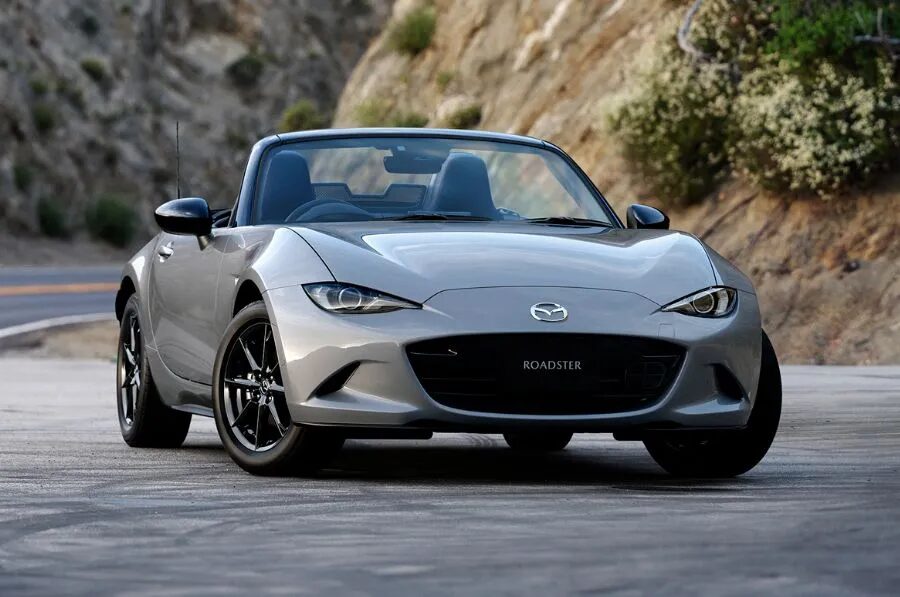
The MX-5 is celebrating its 35th birthday with new infotainment for improved connectivity, updated front and rear lighting, and an even more focused Jinba-Ittai driving experience. The new ‘Track Mode’ enhances the feeling of driver engagement in the legendary sports car and works in combination with the software-based Kinematic Posture Control System (KPC), which provides additional driving stability in corners.
Related: The Allure of Convertible Cars: A Journey Through Time
The 2024 Mazda MX-5 with a 2.0L 184hp Skyactiv-G engine now comes equipped with an asymmetric limited-slip differential as standard. The engine line-up also includes a smaller 1.5L 132hp Skyactiv-G unit. The 2024 MX-5 is available as a roadster with a classic soft top or as an RF, with a fixed folding roof, and guarantees driving pleasure, as this lightweight legend can navigate the bends with agility, comfort, and safety.
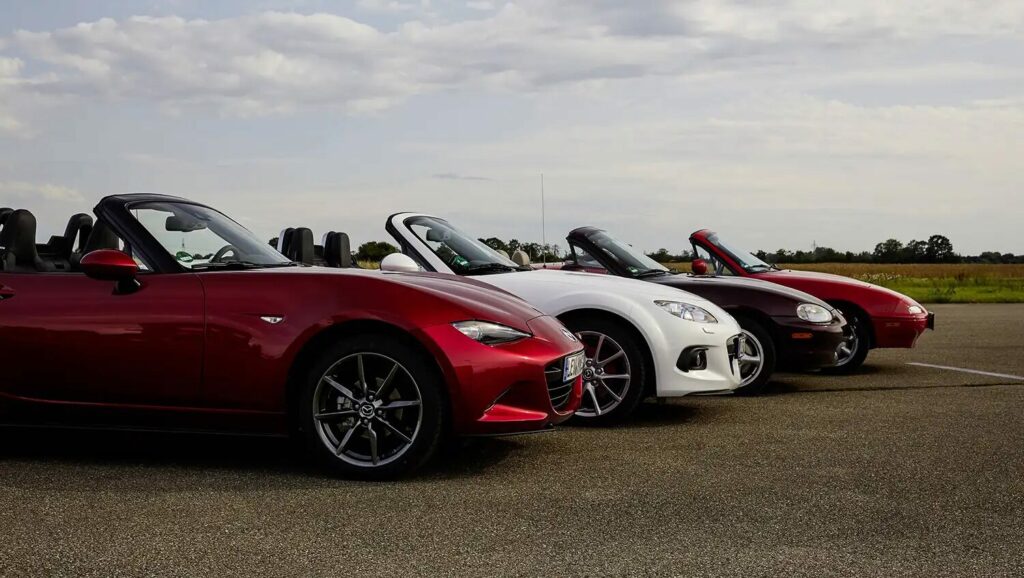
The MX-5 has a history of progress, and it appears that the next-generation model, which is anticipated to be dubbed “NG,” will carry on that tradition. Mazda stated in 2021 that the next MX-5 will be electrified, though this doesn’t necessarily mean it will become an EV. When the all-new MX-5 debuts in 2025, it will probably have 48-volt mild hybrid technology and will be able to run on synthetic fuels. Mazda claims it plans to keep the MX-5 light and economical, so expectations are quite high.
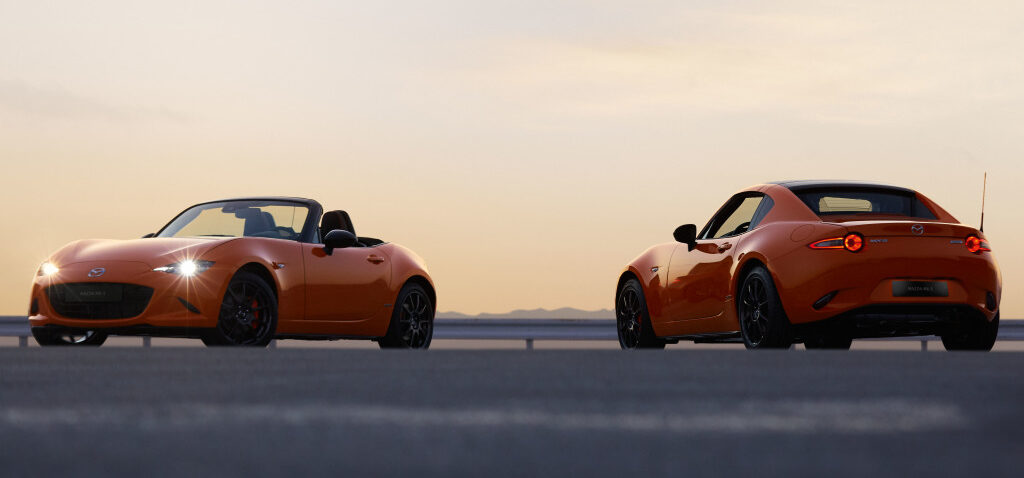

A computer animation professional with over 23 years of industry experience having served in leading organizations, TV channels & production facilities in Pakistan. An avid car enthusiast and petrolhead with an affection to deliver quality content to help shape opinions. Formerly written for PakWheels as well as major publications including Dawn. Founder of CarSpiritPK.com

